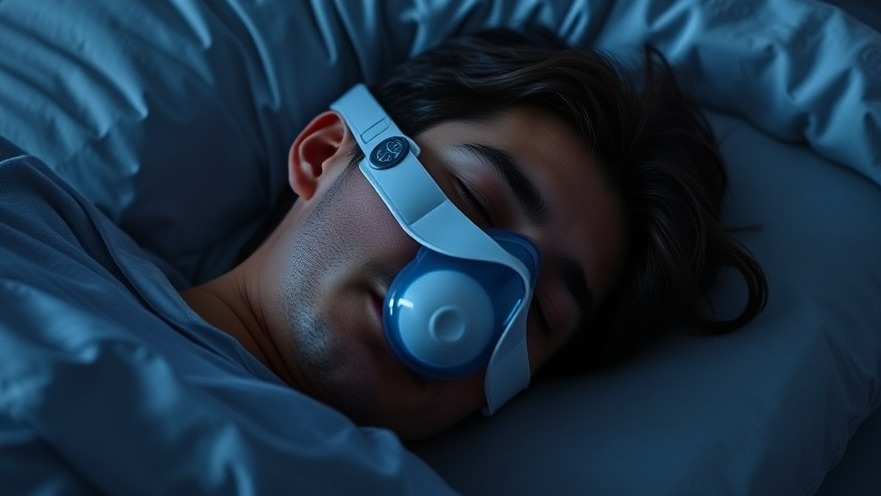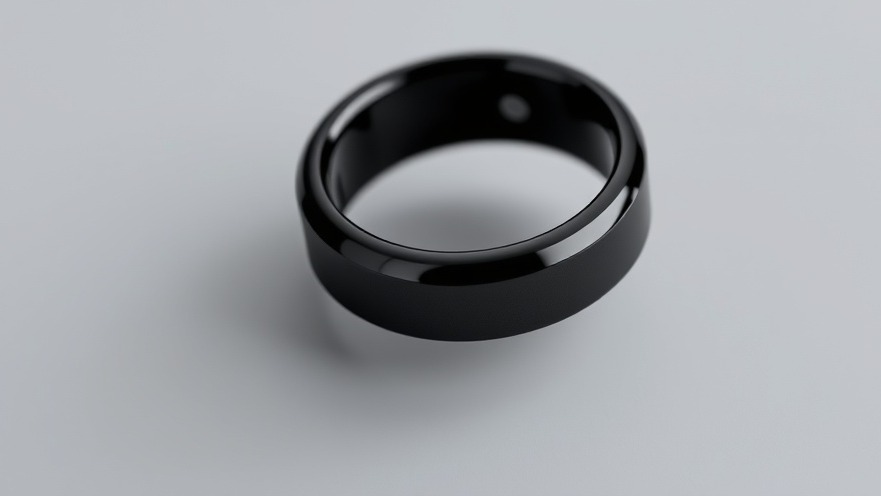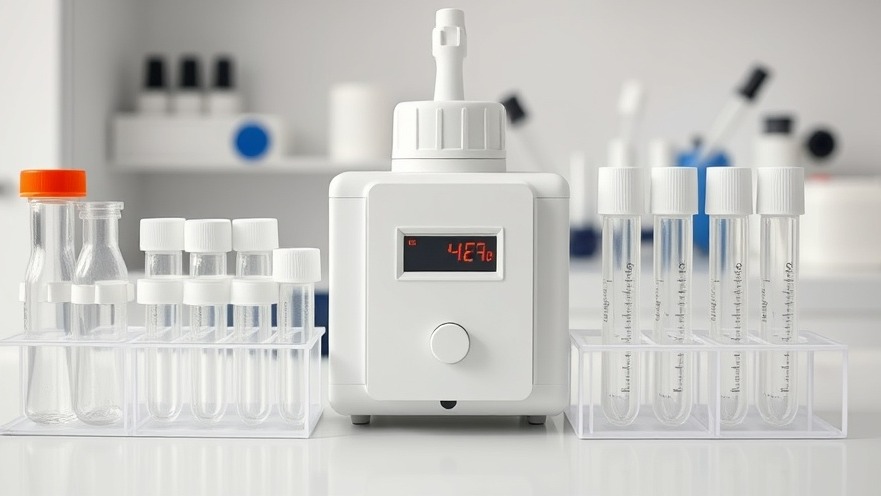
Revolutionizing Respiratory Health Monitoring
The recent advent of a wearable carbon dioxide (CO2) sensor developed by the Korea Advanced Institute of Science and Technology (KAIST) marks a significant milestone in healthcare technology. This innovative device not only promises real-time monitoring of respiratory health but also paves the way for early diagnosis of conditions like sleep apnea and chronic obstructive pulmonary disease (COPD). By integrating the sensor into a mask, researchers have created a product that captures vital respiratory data without the usual inconveniences associated with traditional monitoring methods.
Understanding the Technology Behind the Sensor
At the heart of this device is an optochemical CO2 sensor designed to address the limitations of existing technologies. Traditional CO2 sensors are often bulky and power-hungry; in stark contrast, this sensor has a power consumption of only 171 μW—significantly lower than its predecessors. The device employs a combination of an LED and an organic photodiode to achieve exceptional light collection efficiency. This design not only minimizes energy needs but also enhances measurement accuracy, making continuous monitoring feasible over extended periods.
The Implications for Disease Diagnosis
Continuous monitoring of CO2 levels in exhaled breath is critical for early detection of respiratory ailments. Abnormal CO2 concentrations can indicate serious issues within the respiratory and circulatory systems. The ability to wear this sensor means individuals can monitor their respiratory status without being tethered to cumbersome equipment. As Professor Seunghyup Yoo explained, this development opens up a pathway for more accessible diagnostics, which could fundamentally change how practitioners manage respiratory health.
Bridging Gaps in Patient Monitoring
Current wearables often fall short in their monitoring capabilities, especially concerning respiratory issues. The flexibility and lightweight design of the KAIST sensor (weighing just 0.12 g) allow users to incorporate health monitoring seamlessly into daily life. This is particularly beneficial for patients with chronic conditions who need to monitor their respiratory function regularly. For practitioners, it means having better data at hand for making critical treatment decisions, enhancing both preventive care and acute management strategies.
Future of Non-Invasive Health Monitoring
Looking ahead, this technology could reshape the landscape of health monitoring beyond just respiratory issues. With further refinement, advancements could lead to applications in fitness monitoring and overall wellness tracking, appealing to a broader audience beyond those with specific medical conditions. The overarching potential for wearable technology in healthcare not only enhances patient interaction with their health data but also fosters preventative healthcare practices.
Addressing Environmental Challenges
In addition to its health benefits, the sensor also aims to address challenges faced by individuals who wear masks for extended periods, particularly in environments with poor air quality or dust—a common concern as the world continues to battle pollutants. By optimizing breathing comfort, the sensor can help prevent complications that arise from CO2 rebreathing or poor ventilation.
Conclusion: A Promise for Tomorrow
The development of the wearable CO2 sensor by KAIST not only marks a new chapter in healthcare technology but also represents a leap toward comprehensive health monitoring solutions. Particularly for concierge health practitioners keen on integrating cutting-edge technology within their practices, this sensor provides an invaluable tool to enhance patient care. As these innovations continue to unravel, one can only anticipate the enhanced quality of life that such technology will bring to patients around the globe.
 Add Row
Add Row  Add
Add 






Write A Comment